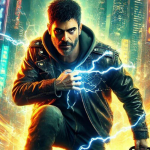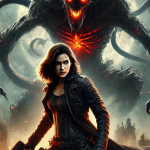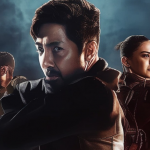The Great Wall (2016): A Fusion of History, Myth, and Epic Fantasy
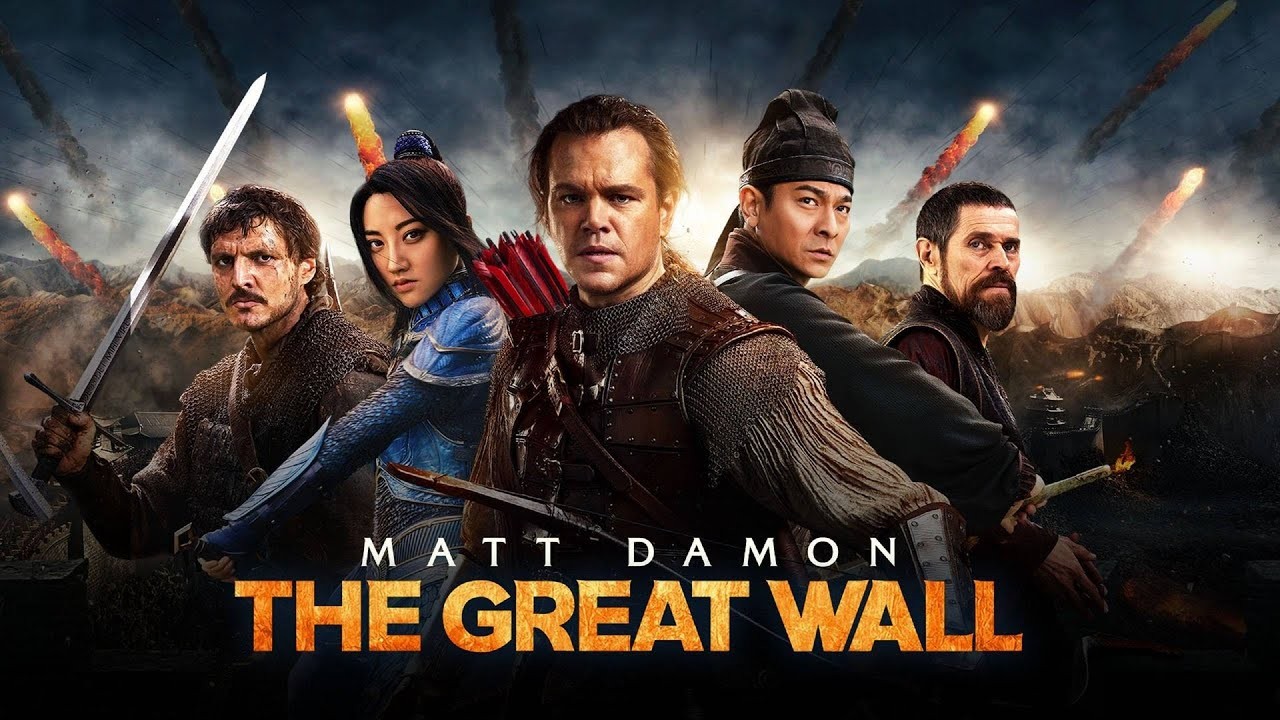
The Great Wall, released in 2016, is a visually captivating historical-fantasy film directed by Zhang Yimou, a master of breathtaking cinematic artistry known for Hero (2002) and House of Flying Daggers (2004). The film brings together an international ensemble cast featuring Matt Damon, Jing Tian, Pedro Pascal, Willem Dafoe, and Andy Lau. This ambitious project marries Chinese mythology with Western action cinema, offering a unique blend of martial arts, epic battles, and supernatural elements.
Plot Overview
The film is set during the Song Dynasty (960–1279 AD) and revolves around William Garin (Matt Damon) and Pero Tovar (Pedro Pascal), two European mercenaries on a quest to find the secret of gunpowder, which could change the balance of power in the West. Their journey leads them to the Great Wall of China, where they are captured by a mysterious Chinese military order known as the Nameless Order.
Led by Commander Lin Mae (Jing Tian), the Nameless Order has a sacred duty: to defend the Great Wall against a relentless horde of monstrous creatures called Taotie. These creatures, inspired by Chinese mythology, represent a hive-like army led by a powerful queen. Every 60 years, the Taotie launch an assault on the wall, threatening to destroy everything in their path.
Initially, Garin and Tovar are skeptical of the legends surrounding the Taotie and the Nameless Order’s mission. However, they soon realize the threat is real as they find themselves in the middle of a large-scale battle against these ferocious creatures. Garin’s exceptional skill as an archer quickly earns him the respect of the Chinese soldiers, and as he witnesses their discipline and courage, his priorities shift from escaping with gunpowder to standing with them in the fight for survival.
Themes and Visual Style
The Great Wall is a fusion of Eastern and Western storytelling, with Zhang Yimou’s signature visual style bringing the mythical elements to life. The director’s use of color, choreography, and scale creates a striking cinematic experience, especially during the battle scenes. Each division of the Nameless Order is identified by distinct colors and weapons, adding to the film’s rich visual tapestry.
The film also touches on themes of trust, honor, and unity across cultural divides. William Garin’s character arc from a self-serving mercenary to a hero who fights for a cause greater than himself mirrors the movie’s broader message about the power of cooperation and mutual respect.
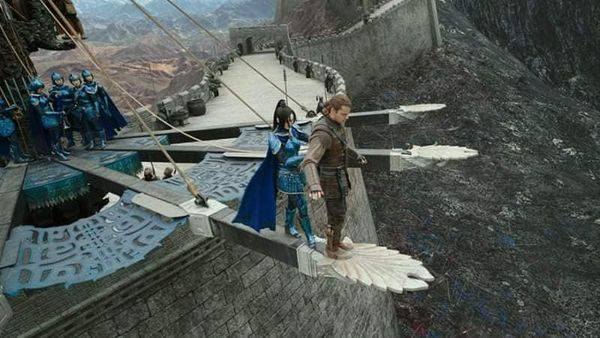
Mythological Inspirations
The Taotie, the primary antagonists of the film, are inspired by a creature from Chinese mythology. In traditional Chinese culture, the Taotie is depicted as a greedy and gluttonous beast, often used as a motif in ancient bronze artifacts. In the film, Zhang Yimou and his team reimagine the Taotie as terrifying monsters that symbolize chaos and destruction. The hive-like structure of their society, led by a queen, adds an additional layer of tension as the protagonists struggle to find a way to stop the seemingly unstoppable horde.
Cast and Performances
Matt Damon’s portrayal of William Garin anchors the film, bringing both physicality and charisma to the role of a seasoned warrior. Pedro Pascal provides strong support as Garin’s companion, Pero Tovar, with his character adding a touch of humor and skepticism to the story. Jing Tian shines as Commander Lin Mae, a fierce and disciplined leader who embodies the strength and honor of the Nameless Order.
Willem Dafoe and Andy Lau round out the cast, with Dafoe playing a European trader who has been living with the Chinese for years, and Lau portraying the Nameless Order’s strategic mind, General Shao. Their presence adds depth to the story’s exploration of East-West interactions.
Critical Reception
The Great Wall received mixed reviews upon its release. While it was praised for its stunning visuals, action sequences, and Zhang Yimou’s direction, some critics felt that the story lacked depth and that the film’s attempt to cater to both Chinese and Western audiences led to an uneven narrative. Nonetheless, the film was recognized for its ambition in bringing together Eastern and Western cinematic traditions in an epic fantasy setting.
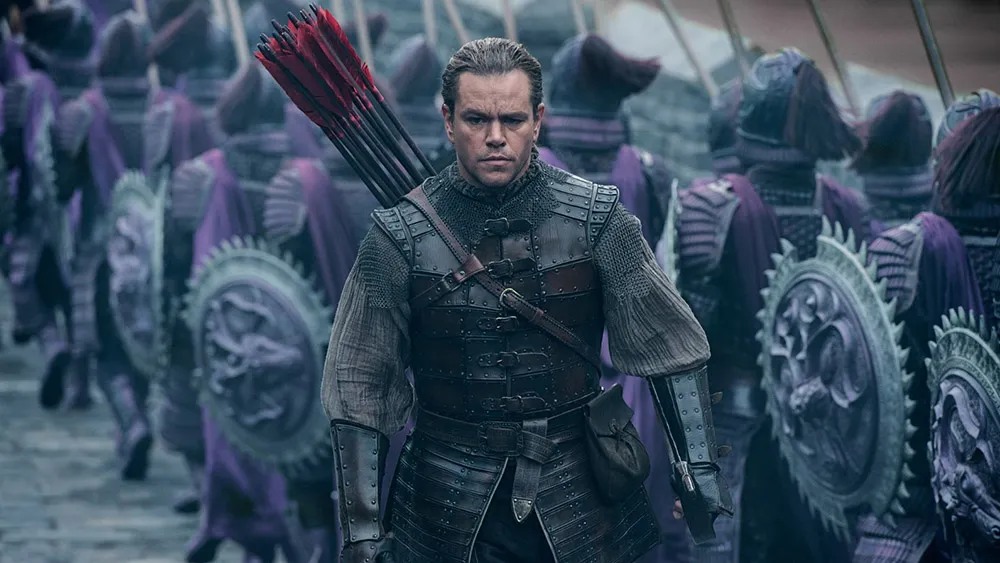
Conclusion
The Great Wall is a bold and visually arresting film that combines the grandeur of Chinese mythology with the thrills of an action blockbuster. It stands as a testament to Zhang Yimou’s skill as a filmmaker and his ability to create epic, immersive worlds. Though not without its flaws, the film offers a unique cinematic experience that blends history, fantasy, and myth on a grand scale, making it an intriguing entry in the realm of global cinema.
